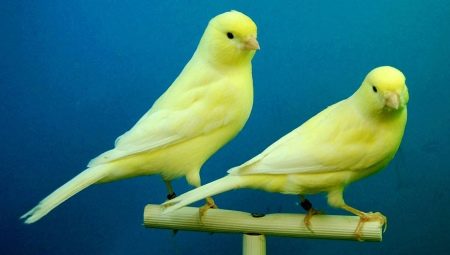Canaries are distinguished by their special charm and pretty appearance. These little birds that do not need complicated and expensive care are considered unpretentious and capricious. However, you need to know about the features of the content, feed the pets good feed and monitor their health.
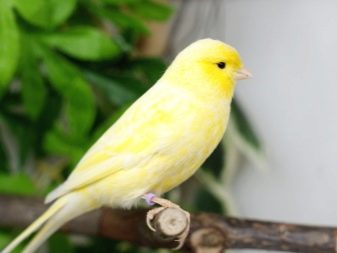
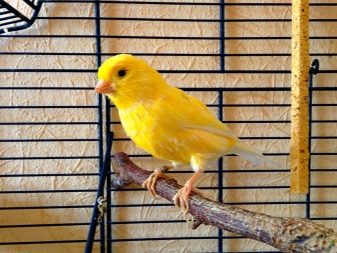
Choosing a cell and place for it
Despite the fact that the canaries do not require special care, they still need to provide good living conditions in which they will live long and will not be sick. First of all, it is important to choose the right cage for these charming birds. For canaries, structures made of wood or metal are well suited, as well as options in which 3 walls are made of plexiglass.
The cell in which the canaries will live must meet a number of requirements.
- Sizes. It is important to pay attention not only to the material from which the cell is made, but also to its dimensions. The minimum size of the "house" for birds is 36x16x24 cm. Such a cage is suitable for keeping only one individual. Usually only singing males are kept alone.
If we are talking about a pair of canaries, then for them you will need a cage with a minimum size of 50x25x30 cm. If you plan to contain several pairs of birds, then they will have to look for more spacious homes. Rodent houses will not work, because in such cages there is often too much distance between the rods in which the birds can fly out. It is necessary to select only designs for birds.
- The form. Keeping canaries at home is necessary in a cage that has either a rectangular or square shape.Round constructions look interesting and spectacular, but it is not recommended to populate birds there, because in cells of such a structure they feel very uncomfortable.
- Doors. For the maintenance of canaries, cells should be selected in which 2 doors are present. One of them should open outward or rise, moving along the bars. Another door is necessary in order to be able to hang up a bathing place for birds.
- Bottom. In the design of the bird cage, a pallet must be present. This detail will facilitate the process of cleaning the house, while not having to constantly disturb its inhabitants with their actions, unfastening the bottom.
This will need to be done only during the general cleaning.
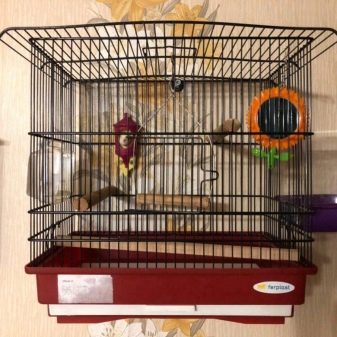

The content of the canary at home involves the selection of a cage made of suitable material.
- Wood. Wooden cages are one of the most popular and most suitable designs. They are environmentally friendly, can be made entirely of wood (together with rods) or partially. Most often, of course, only the frame part of the structure is made of wood, and the bars are metal. Cells are made from ash, oak or beech. This is an expensive, but the most comfortable home for birds.
- Metal with plastic. Metal cages with plastic pallets are popular today. They are sold in many pet stores and are in great demand. There are chrome, galvanized or models with painted rods. Since canaries do not gnaw at anything, like mice or rats, it is permissible to choose cells with any type of twig.
- Plexiglass. Cells from this material can be seen in many pet stores - it is in them that birds are put up for sale. Three walls of such structures are made of organic glass, and the front wall and the roof are made of metal bars. Due to the presence of 3 closed walls, debris almost does not spread around the cage, but at the same time the birds have enough light and air. In such a design, a convenient cleaning tray must be provided. On sale, such cells are not found very often, so they are ordered from a master or made with their own hands.
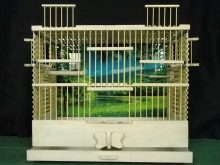
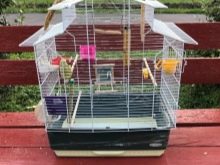

It is equally important to correctly select the appropriate place to place the cell.
- It must be placed in a well-lit space., preferably closer to the window. However, care must be taken to ensure that direct sunlight does not fall on the birds.
- A cage with canaries can be put on a bedside table or a separate table near the window. You should not place these birds in a place where drafts are walking, otherwise they may catch a cold and eventually die. This should be remembered when you are going to ventilate the room. Ideally, it is recommended to choose a place so that, opening the window for ventilation, the cage would not need to be transferred to the shelter.
- In no case can you put a cage with canaries in the vicinity of heating appliances or under air conditioning.
- You should not have a bird house in the area where people constantly go: they will disturb the birds. The place where the cage with canaries is located should be cozy, quiet and calm.
Do not put a cage in the kitchen. Under such conditions, the bird can breathe harsh aromas during cooking and die as a result.

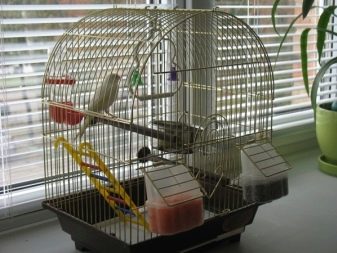
Optimal climate
In the room where the birds live, it is necessary to maintain a constant temperature from 16 to 18 ° C. The cage must be placed in such a way that the birds have free access to oxygen. The humidity in the room should never be high. Sharp temperature jumps should be avoided, as they can affect the health of canaries very badly.
With the onset of the summer season, it is advisable to move the bird cage to the balcony / loggia or to the garden. These birds love to take air baths.
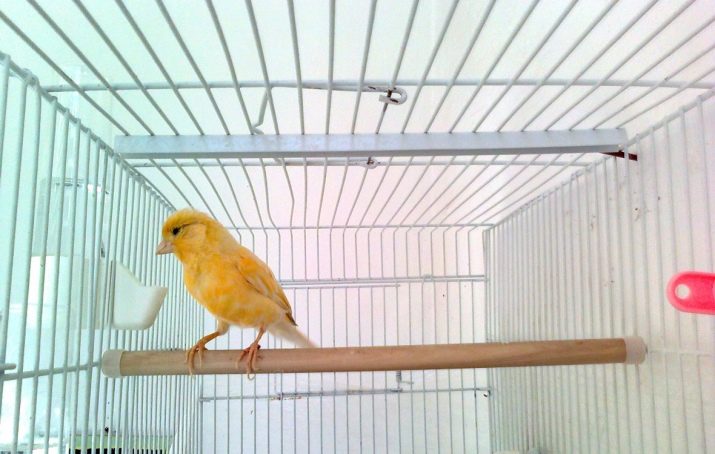
How and what to feed?
If you want the canaries to live long and feel comfortable, you need to take care of their proper, balanced diet. Let us consider in detail what and how to feed these birds.
- It’s necessary to select specialized food for canaries, and replace it with other feed (for birds of other species) is not allowed.
- During periods of molting and nesting, it is important to feed with special feeds. Thanks to such nutrition, canaries can more easily survive these events.
- To ready mixes it is recommended to add sunflower seeds or crushed buckwheat grains.
- Canaries need soft food so a couple of times a week they should give a boiled egg. A good alternative is fresh cottage cheese.
- Greens will certainly bring a useful variety to the diet of small birds. In summer, they can be given leaves of dandelion, sorrel, young plantain. When the autumn-winter season is in the yard, the birds will enjoy carrots, apples or bell peppers with pleasure.
- Feeding will also be useful. Canaries can be given coarse river sand. Before placing it in the cage where birds live, it is imperative to carry out a disinfection. It is enough to scald the sand several times with boiling water.
- Canaries need calcium. You can take care of its content in the body of birds by giving them chalk or ground eggshells. A convenient solution is to suspend chalk on small hooks.
- Canaries need charcoal as an effective medicine. A pharmacy product is perfect for this.
- For feeding, it is necessary to prepare a separate feeder. The contents in it must be changed at least 1 time per week.
Despite the fact that canaries are mobile birds, they are prone to such a serious ailment as obesity. A couple of spoons of the main feed per day is enough for the pet. In order not to run into problems, one must strictly adhere to the daily intake of grain feed.
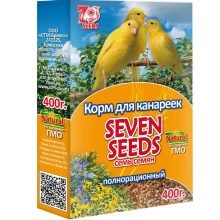
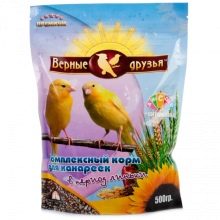

Care for appearance and health
Canaries need to be properly looked after, to monitor their health. The mandatory procedure for these birds is bathing. It must be carried out at least 2 times a week when winter is in the yard. In the summer season, birds need swimming every day. To do this, use a special small bath in which warm clean water is poured, and then for a short time put the cells on the bottom or hang them on a frame basis.
Ptah is taught to swim gradually. The first “bath” procedures can be started only from a month old. Canaries are not allowed to bathe during hatching.
It is important to monitor the state of the claws of birds. If the claws are too long, they will prevent the canary from standing normally on the floor. From time to time they need to be trimmed carefully using small nail scissors or tweezers. Cut the claws should not be too short, as this can lead to pain.
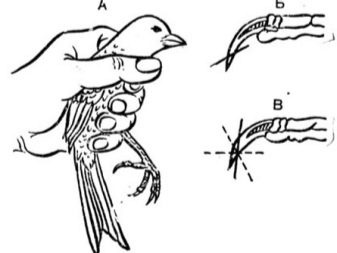
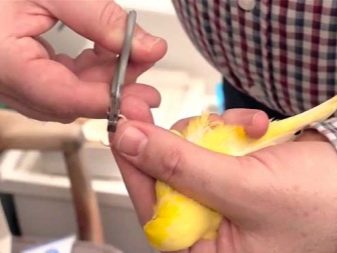
Canaries need to be released to fly every day. Before releasing birds, you must:
- close all windows and doors;
- remove all animals from the room, if any;
- remove sharp and hot objects.
In particular, careful care is needed by the canaries when the molting period begins. At this time, it is required to give feathered food enriched with nutrients.
It is necessary to clean the cage at least 2 times a week. Nearby it is advisable to install additional lighting. All feeders, drinking bowls and poles must be treated with boiling water.
In the role of a disinfectant, only herbal infusions or potassium permanganate are suitable. To prepare the tincture, it is advisable to use a field camomile. All processed components must be thoroughly dried before reinstalling, and white paper should be placed on the bottom of the cage. It must be changed at least 2 times a week.
A good litter is river sand.
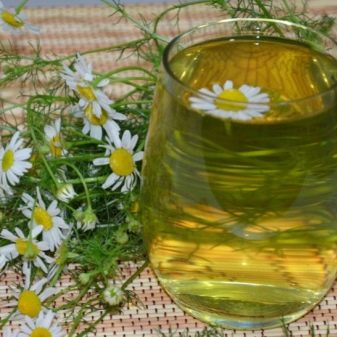

Canaries are susceptible to some serious diseases that need to be noticed on time and properly treated.
- Eye inflammation. It manifests itself in constant humidity of the eyes of birds. If the disease proceeds in a mild form, the birds should be carefully rinsed eyelids with boric acid (solution) or chamomile infusion. If the form is severe, then resort to instill antibiotics into the eyes.
- Diarrhea. It is expressed in a loose stool. With such a problem, the bird must be watered with strong tea or antibiotics diluted in boiled water. Activated charcoal can be given to birds.
- Cold. With a cold, the birds will cough, sneeze, breathe hard, discharge from their nose. The eyes in sick individuals become cloudy. In this case, the treatment is carried out due to infrared radiation, and antibiotics are introduced in the drink.
- Obesity. It is expressed in low mobility of birds, weak molting. In this case, the canary should be fed only with millet and released daily to fly.
- Smallpox. With this disease, yellowish nodules appear on the head, breathing becomes intermittent. There are practically no chances for saving birds. The sick individual must be removed from the rest, and the cage must be thoroughly disinfected. In order to prevent smallpox, canaries need to be given intradermal vaccination in the area of the wing fold. It must be carried out in the early summer and repeated once a year.
- Foot disease In this case, characteristic whitish growths form on the canary paws. To cure pets, you need to use streptocid or tar ointment.
- Ticks With this ailment, the birds strongly weaken, constantly rushing to clean their plumage. Ticks can be removed using insecticides.
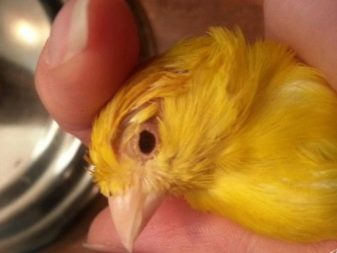
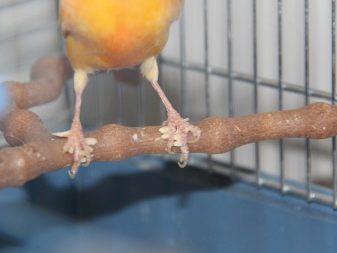
Breeding Features
Canaries are sexually mature when they turn one year old. The breeding season is in the spring season. It is mandatory for feathered birds to install a special nest in the cage (worth buying at a pet store), and also to give along with it all the necessary building materials: hay, pieces of paper napkins. A couple of weeks before the nest is installed, the birds should begin to give a boiled egg with carrots and an admixture of crushed chalk every other day.
Females begin egg laying 10 days after the first mating.
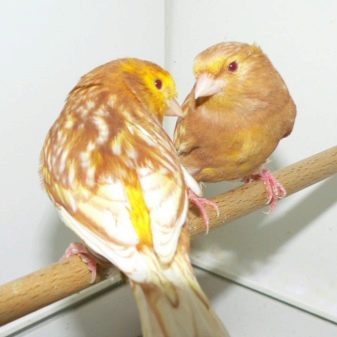
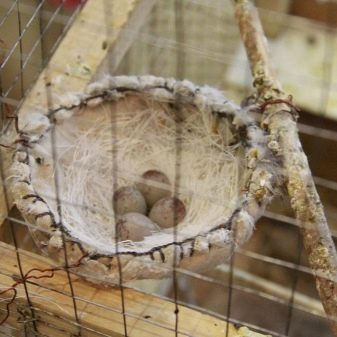
Usually in clutch there are from 3 to 6 eggs. Canaries hatch them for about 13-14 days. Chicks hatch completely naked, blind and defenseless. The female is engaged in their feeding, the male practically does not take part in this. During the feeding of the chicks, the canaries should be given every day not only grain, but also a boiled egg mixed with crackers.
After 7-9 days, the chicks begin to open their eyes. Full plumage of chicks occurs in a month. After this time, the birds acquire "adult" sizes. By the age of 40, young males begin to sing, but until the end of their songs they will “form” no earlier than by 9 months.
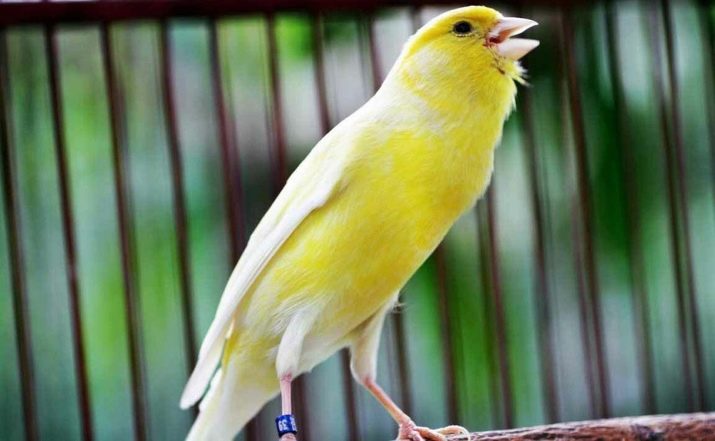
Useful tips and tricks
If you decide to have charming canaries at home, You should adopt some useful tips and tricks on their content.
- If you are breeding canaries, you should know that from the moment the female laid her eggs, and until the chicks leave the nest, the cage should not be moved to another place. Otherwise, the bird may stop hatching and feeding offspring. Cleaning at this time must be done carefully. This will have to be done less frequently: once a week.
- Choosing a canary cage it is necessary to ensure that the gap between the rods is not more than 1 cm. (maximum value - 1.2 cm). If you do not pay attention to this parameter, the bird easily squeezes the head between the rods, runs the risk of being stuck and dying.
- The canary will be able to grind its claws in a natural way on a wooden pole. On plastic parts, this will not happen, as a result, the claws will grow too long and the bird will need to be caught to cut them.
- In the fall season, for 1 or 2 birds, you can put only 1 drinker. With the onset of summer, it is advisable to add a second, because the birds drink liquid in larger volumes than in the cold season. If more than 2 individuals live in a cage, it is better to hang several drinkers.
- It is necessary to ensure that the top of the bathing suit and its pallet are latched as high as possible. If the fasteners are not reliable enough, there is a risk that the bottom will fall through under the mass of water and a bathing bird. To make the bottom and top of the swimwear more reliable, it is worth fixing them using small screws.
- No need to put a cage with canaries on the windowsill, even if direct sunlight does not fall on birds. In this area it will be hot in summer and cold in winter. In such conditions, the birds will be uncomfortable and even dangerous.
- If you trim the claws of a canary, this must be done with extreme caution. It is important not to hurt the blood vessel during such procedures. It is very clearly visible, as it shines through the bright bird's claws.
- Rough grabbing with your hands can lead to the death of canaries long transportation in a very cramped and stuffy container. A sharp change in food in a new place can also lead to the death of a bird.
- If you let the bird fly indoors, In no case should you leave buckets or basins with water in it.
- It is advisable to change the fluid in the bathing and drinking bowl more often. It is recommended to do this several times a day.
- If the pet flies too rarely, it is necessary to reduce portions of food, otherwise the canary will inevitably begin to eat fat, which will badly affect its health.
- In the room where the canaries fly There should not be poisonous plants, any toxic substances, too small objects.
- Breeding canaries you should know that in color individuals, it is necessary to separate the chicks that have a pronounced dark or light color of feathers.
If you neglect this rule, the dark ones will pluck their bright neighbors.
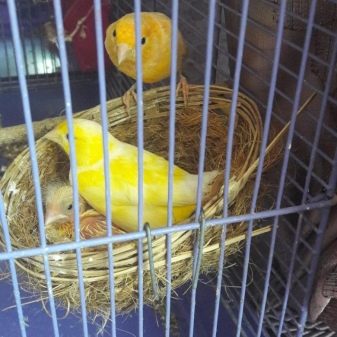
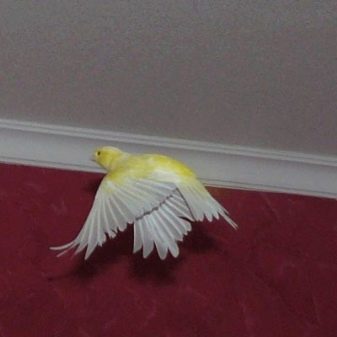
See how to take care of your canary in the next video.
